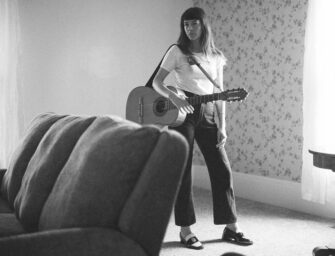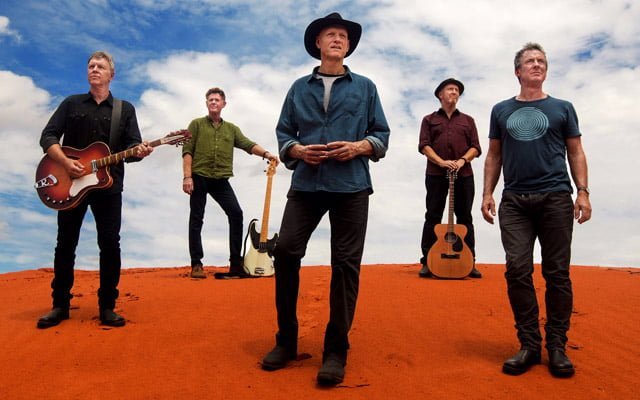
Songwriting and guitar tutor Jack Jennings takes us through the definition, application and effect of Western music’s widely used ‘backbeat’
 he backbeat is one of the most common beats in all of western music. Its used in almost every style as its so easy to reinvent and alter. So much so, you can trace it through the history of popular music from blues to dance music. The main element is the bass drum played on beats 1 + 3, with the snare drum played on 2 + 4. When you listen to the examples, try counting or clapping along on the beat and you’ll notice these accents.
he backbeat is one of the most common beats in all of western music. Its used in almost every style as its so easy to reinvent and alter. So much so, you can trace it through the history of popular music from blues to dance music. The main element is the bass drum played on beats 1 + 3, with the snare drum played on 2 + 4. When you listen to the examples, try counting or clapping along on the beat and you’ll notice these accents.Within this form many variations can take place that lend themselves to various styles. The most noticeable sense of scope is created by how the hi-hat or ride cymbal is used, as we will explore in each example below. Other more subtle factors, such as the intensity of attack on the snare or bass drum, can also have a big impact. For example a heavy attack is often used in a rock or dance music setting (e.g. We Will Rock You by Queen), whereas a lighter attack works with ballads or can even begin to create a more jazzy sound (e.g. Stevie Wonder’s Isn’t She Lovely).
All these variables are intuitively used to affect the sense of groove in the piece and like many things in music there are no strict rules – you just know if it’s right or not for you.
The following examples highlight particular ways the backbeat can be altered to work with different settings:
Dimples by John Lee Hooker has a very bare backbeat with no hi-hat, leaving the bass and snare very clear and strong. The sense of attack is very firm but it also has a sense of swing that goes with the blues feel. In the solo the ride comes in playing on the beat; this helps fills out the texture when there is an absence of vocal.
Stevie Wonder’s Superstition has a tight yet swinging pattern on the hi-hat that gives the backbeat its funky feel. The attack here is softer yet very grounded and ‘in the pocket’. In this case the backbeat provides a great foundation for more complex rhythmic/melodic layers to create a dynamic yet solid groove.
My Favourite Game by The Cardigans has a more standard backbeat with the hi-hats playing straight 8th notes. In the chorus it breaks down to just the hi-hat which reveals what this element is bringing. This gives the song a secure flow so the words and guitar riff come across very clearly. One clever trick that appears in the chorus is when the backbeat re-enters but played in half-time, sounding like a sampled drum sound. Then a drum fill makes the transition back into the verse with the backbeat at the regular tempo. In this way the rhythmic continuity is kept within the structural dynamics.
Dizzie Rascal’s Fix Up Look Sharp has something in common with Dimples: there is no hi-hat, just a bass and snare drum. What make it unique are the extra accents on the bass drum. The attack here is very heavy but not in a rock style. The nature of the drum sound being synthesized creates potential for a different feel and style to emerge. What also stands out is there aren’t any other instruments in this arrangement, yet it fully holds the attention. This shows the hypnotic strength of the back beat that is at work within any song it graces.
So if you’re looking for a beat to go with new song perhaps you could mold the backbeat for your own needs. After all, John Lennon once said “Just say what you mean and put a beat to it”.
 Jack Jennings offers on-line tuition in songwriting and guitar playing through Skype. He is also a co-founder of NightTrain, developing specialist blues guitar courses, and Raag School, a foundation for learning Indian classical music on any instrument. His solo album Lusitana is soon to be released and is now being previewed on his website. For more information visit www.guitarlessonsbath.net
Jack Jennings offers on-line tuition in songwriting and guitar playing through Skype. He is also a co-founder of NightTrain, developing specialist blues guitar courses, and Raag School, a foundation for learning Indian classical music on any instrument. His solo album Lusitana is soon to be released and is now being previewed on his website. For more information visit www.guitarlessonsbath.net


































Related Articles